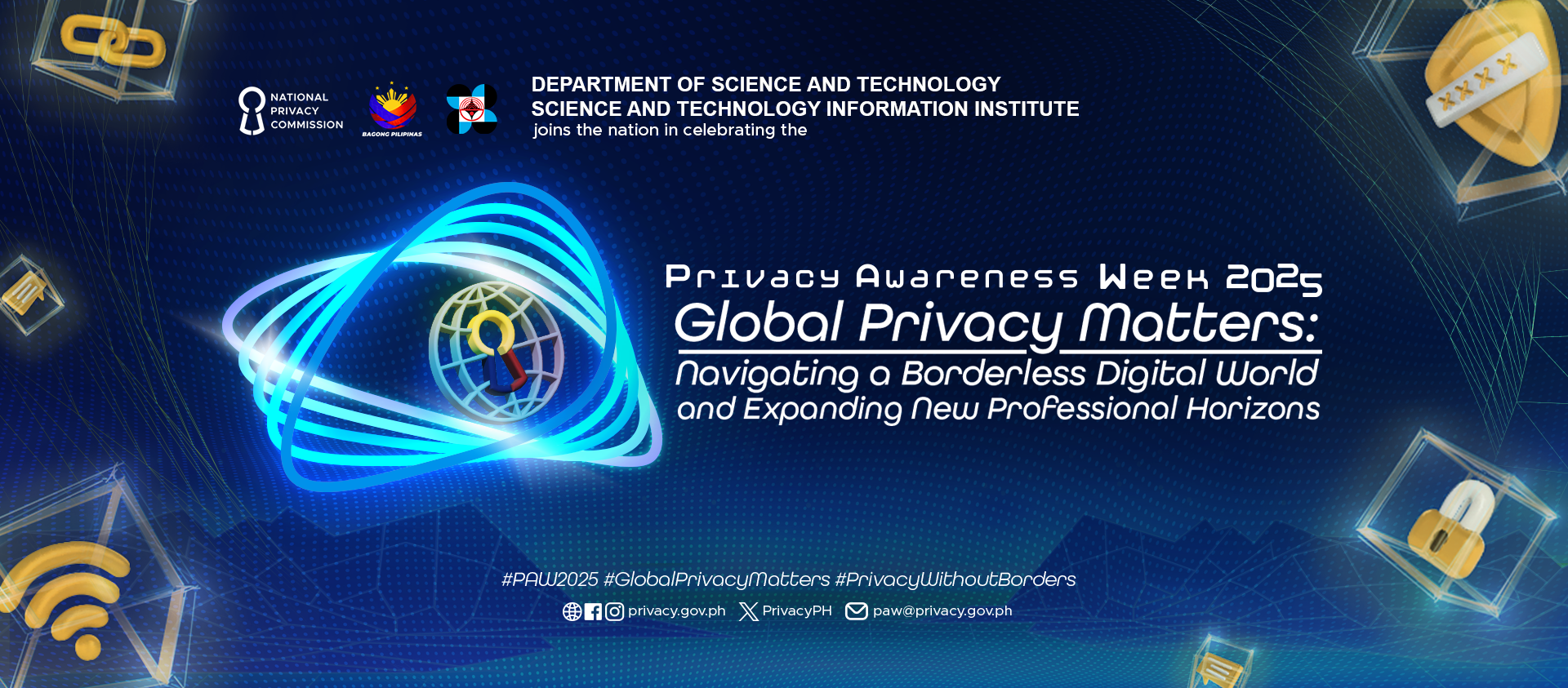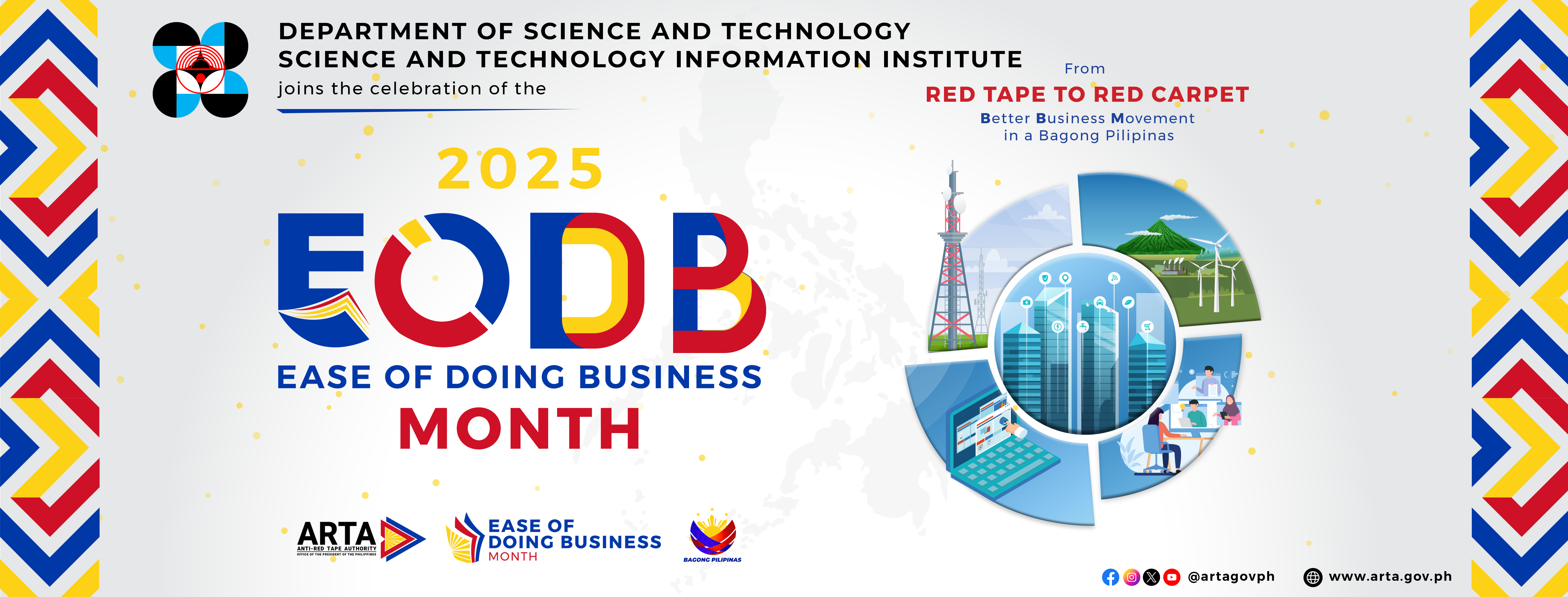Soon the Philippines will be able to design its own electronic products with the establishment of the Department of Science and Technology’s (DOST) Electronics Product Development Center (EPDC), the country’s first facility for said purpose.
The Center recently had its groundbreaking at the Metals Industry Research and Development Center (MIRDC) at the DOST Complex in Bicutan, Taguig City.
EPDC will provide state-of-the-art design, prototyping, and testing facilities for printed circuit boards (PCB), the primary electronics component that mechanically supports and electrically connects electronic components.
With these services, the center is set to strengthen the local electronics and semiconductor industry by enabling local startup companies and the academe to conduct their own initiatives for research and development (R&D), design, and prototyping of electronic components.
DOST and Electronic Industries Association of the Philippines, Inc. (EIAPI) President Alexander Sy are positive that through the Center, the local electronics and semiconductor industry will move up the value chain – from electronics assembly to the higher value services such as electronics design and manufacturing.
Advantages of the EPDC
In addition, design and manufacturing costs are projected to be reduced by half. Currently, EIAPI stressed that companies are spending around US $5,000 to 30,000 (Php 210,000 to Php 1.26 million) in design and prototyping alone.
Moreover, the Center will result in shorter turnaround time for product development cycles as well as decreased risks of failing certification tests.
It will also draw more foreign investments in the electronics industry which is expected to create technology spillovers, a scenario wherein other sectors receive the benefits of new technology.
EPDC, set for operation in July 2014, will offer various electromagnetic compatibility testing services such as electromagnetic interference pre-compliance testing and harmonics and flicker tests. Also, the Center will provide electronic product prototyping for electronic circuit simulation, PCB design simulation, prototype PCB fabrication, prototype PCB assemble, functional/parametric tests, 3D enclosure design, 3D scanning, enclosure design simulation, and enclosure prototyping using 3D printer.
According to Advanced Science and Technology Institute Director Denis Villorente, “The center was conceptualized to house hardware and software tools, which could be used by companies or schools to design, develop and test hardware and software electronics products.”
With this development, many local firms will benefit tremendously as Sy explained that global electronics industry players get the biggest share of profits due to their design capabilities. He also pointed out that the country produces world-class engineers capable of designing electronic components if given the proper support.
Beefing up the industry
Peter Banzon, EPDC project leader, said that to complete the whole picture, DOST will be creating the Integrated Circuit Development Center that will provide facilities for the development of local engineers in designing and prototyping integrated circuits.
This also augurs well for local companies engaged in original design manufacturing or ODM. Original design manufacturers are companies that design and manufacture a product which is specified and eventually branded by another firm for sale. Many global electronic brands today were previously engaged in the ODM business. Locally, more and more industry players are going into ODM, said Antonio Villaflor, head of STMicroelectronics, in a separate interview.
The Philippine electronics industry is specifically targeting to reach US$50B or Php 2.1 trillion in revenues in 2016.
Based on the 2010 Nomura Research, the Philippines has comparative advantage in electronics subsectors like printers, multifunction peripheral, projectors, scanners, and digital cameras. The same study also identified missing linkages in the electronics supply chain such as photovoltaic cell, LEDs, rechargeable batteries for hybrid electric vehicles, electric vehicles and mobile digital devices, and next-generation energy infrastructure.
This report drove the government to implement strategies that will strengthen the country’s manufacturing industries by providing necessary support measures that will address obstacles to the entry and growth of domestic firms. With the coming ASEAN economic integration in 2015, the Philippines is aggressively insulating its industries against unbridled competition.
Written by: Joy M. Lazcano S&T Media Service, DOST-STII
Tuesday, 10 December 2013 13:15


















 21 in 2021 Technology Catalogue
21 in 2021 Technology Catalogue 21 in 2021 Technology Catalogue
21 in 2021 Technology Catalogue DOST Innovations - Web and Mobile Applications for Disaster Risk Reduction and Management
DOST Innovations - Web and Mobile Applications for Disaster Risk Reduction and Management